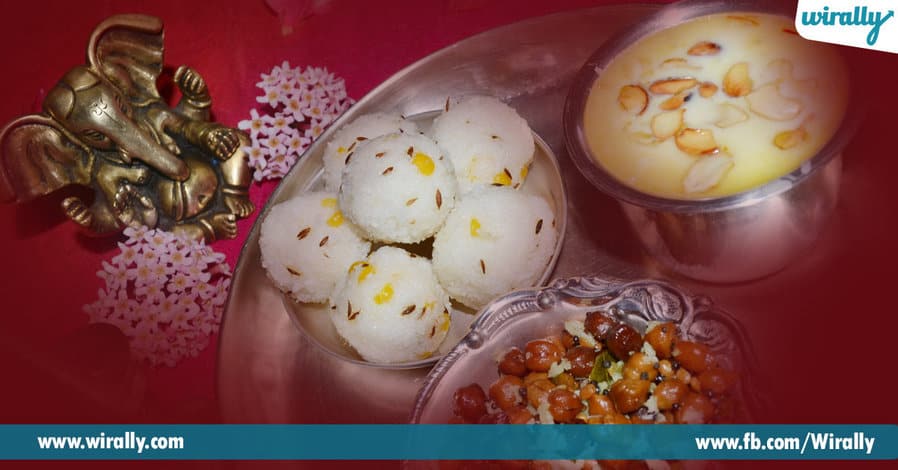If one does not have a temple at home or if there are no photographs or idols of the family deity and Shri Ganesh then they should be duly procured and installed in a temple at home. The deities should be arranged in the temple in the following manner.
• Shri Ganapati in the centre with the photographs or the idols of the male family deity and other male deities, e.g. Hanuman, Balkrushna, to His right and the female family deity and other female deities, e.g. Annapurna, to His left.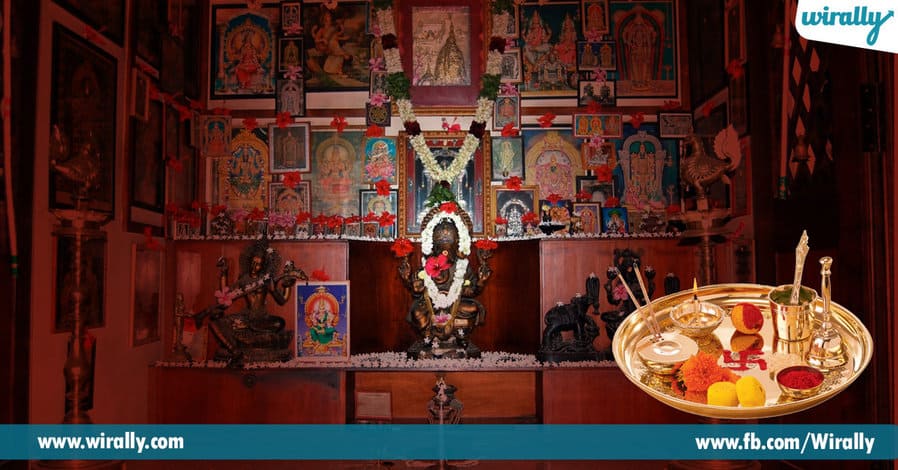
• Sometimes, the female deity is depicted along with the male deity, e.g. Sitaram, Lakshminarayan, etc. Whenever she is depicted to the left of the male deity She bestows blessings onto devotees along with Her master.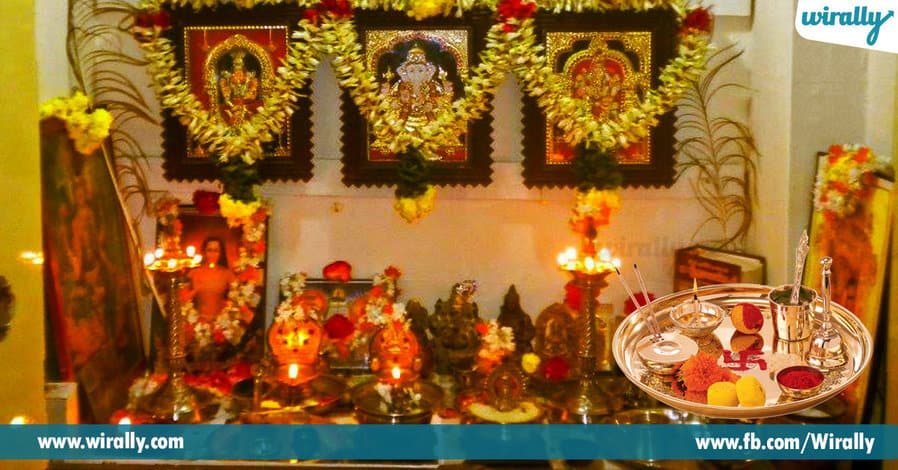
• The left side symbolises the moon channel (chandranadi) and endows Serenity and Bliss. This is the saviour form of the female deity. In such photographs the male deity is considered as the main one and the picture is placed to the right of Shri Ganapati.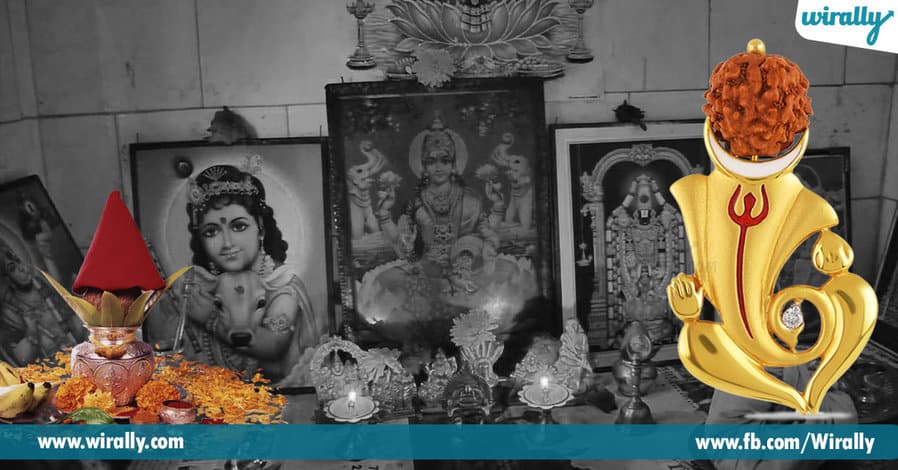
• Other times, the female deity is depicted to the right of the male deity. The right side signifies the sun channel (suryanadi). Thus the deity is believed to be very powerful. This is the destroyer form of the female deity. The holy text Kalivilastantra narrates that deity Kali performs a dance on the chest of Deity Shiva. Here the female deity is more prominent than Her male counterpart. To conclude, when the female deity is to the right of the male deity She possesses more energy and should be considered as the principal deity.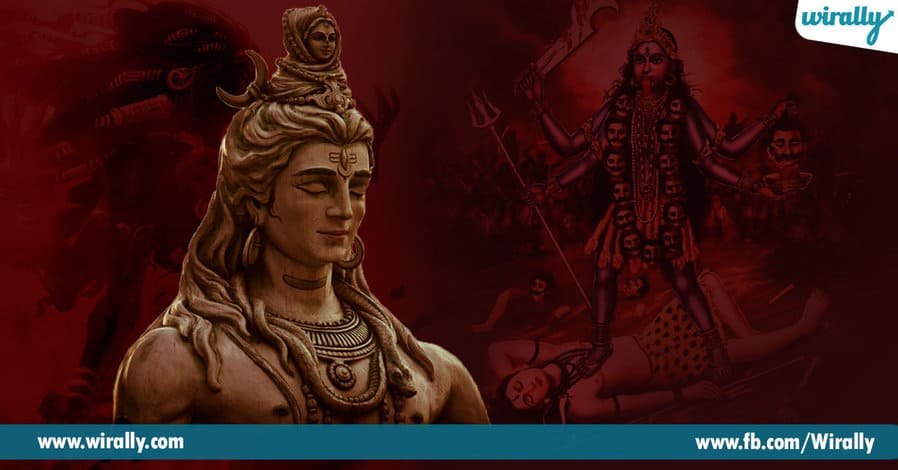
• If a person having a Guru resides alone then he should keep only his Guru’s picture / photograph in the temple. If there are other family members then the Guru’s picture / photograph should be placed to the right of Shri Ganapati and should be followed by the male family deity’s photograph.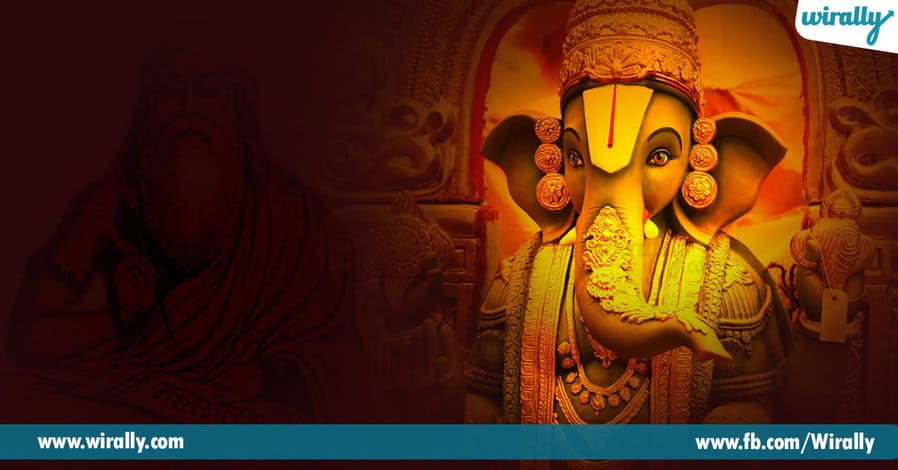
If one is not performing any ritualistic worship (puja) presently, then the method of doing so as per one’s convenience is as follows.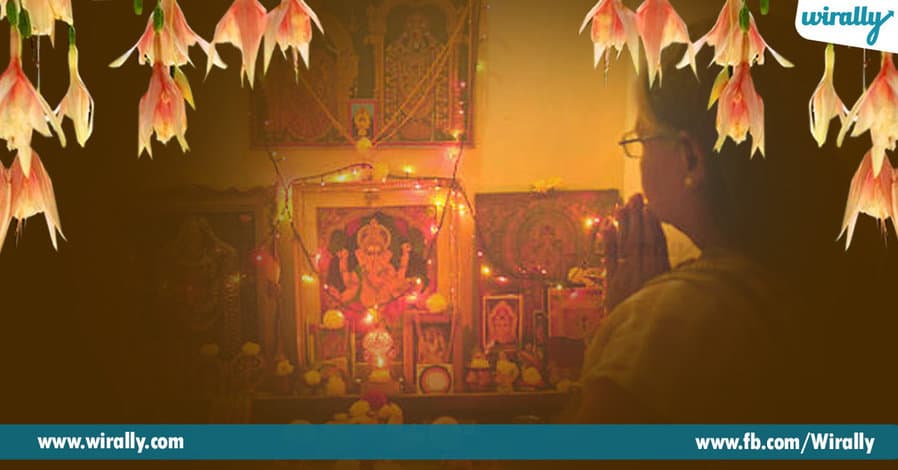
• Every day the deities and the temple should be wiped with a cloth and two incense sticks (agarbattis) should be lit in the morning as well as in the evening.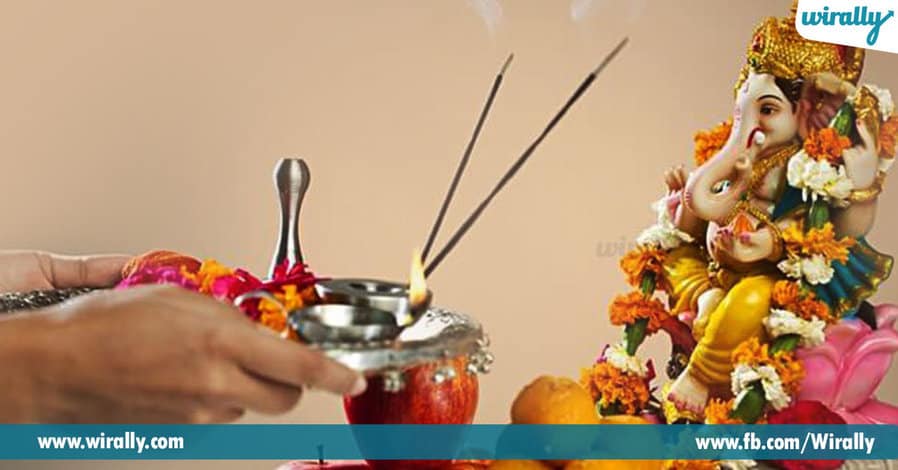
• Remove the previous day’s withered flowers and leaves.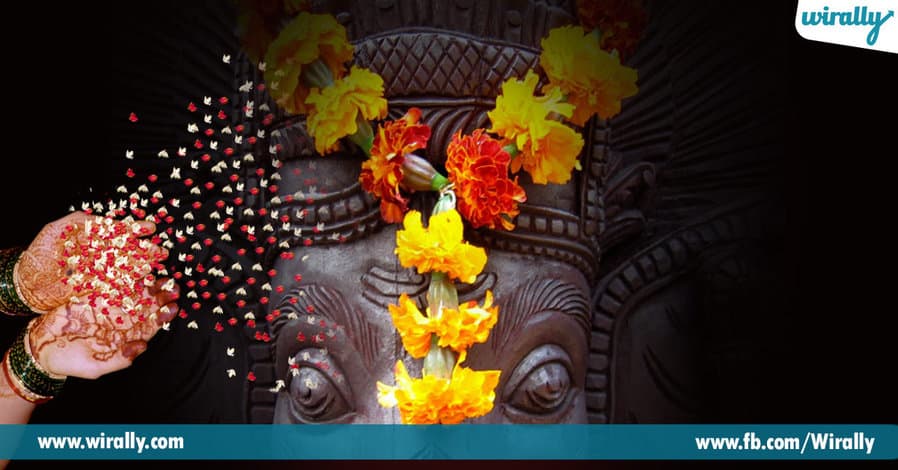
• After offering flowers, incense sticks should be lit and waved in a clockwise motion. Then two wicks should be rolled into one and placed in a lamp containing ghee. The lit lamp should then be moved in a circular motion (aarthi) in the clockwise direction.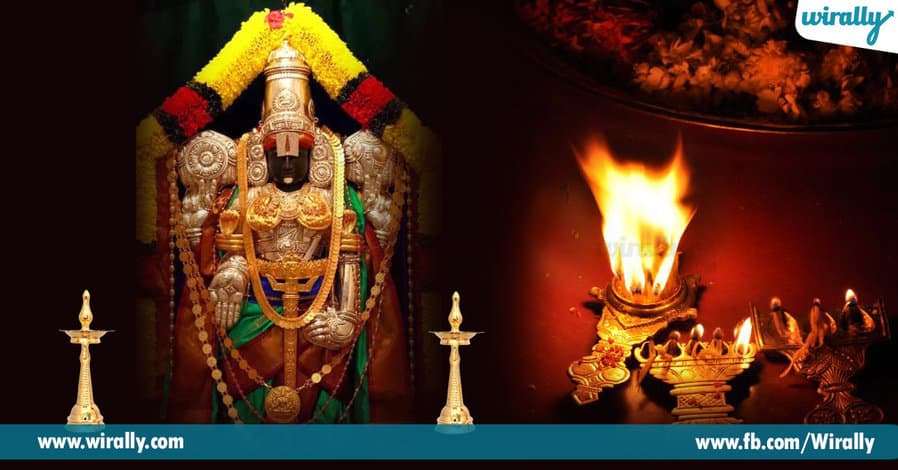
• The idols should be bathed and the photographs wiped first with a wet and then with a dry cloth.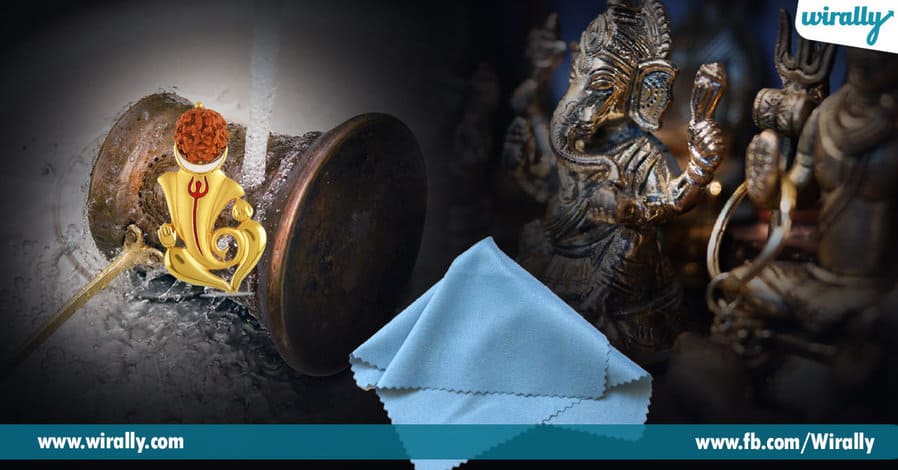
• Gandham should be applied to the deities.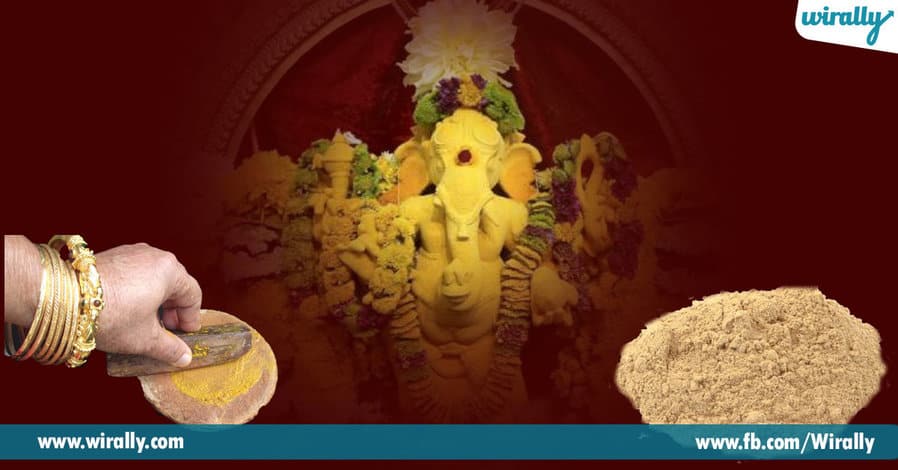
• Akshanthalu (unbroken consecrated rice grains), flowers, pasupu (turmeric), kumkum must be offered.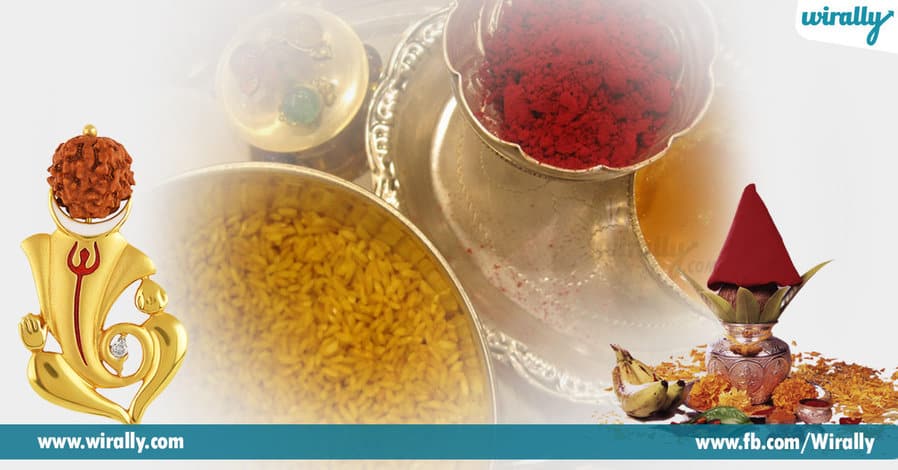
• Finally, an offering of food (naivedya) should be made and one should pray for success in one’s spiritual practice.